
Acura RL

Photos








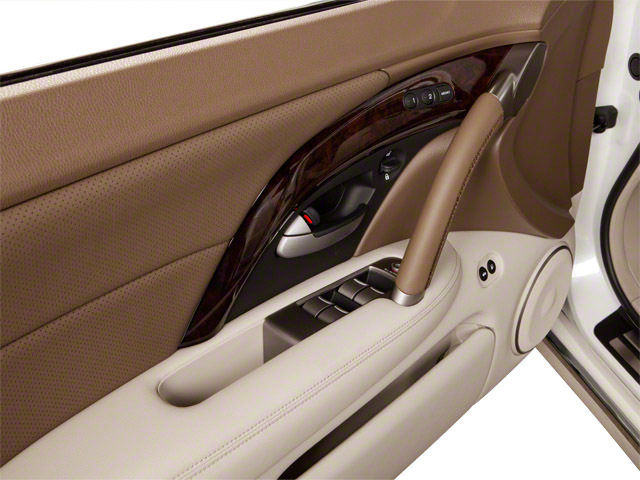
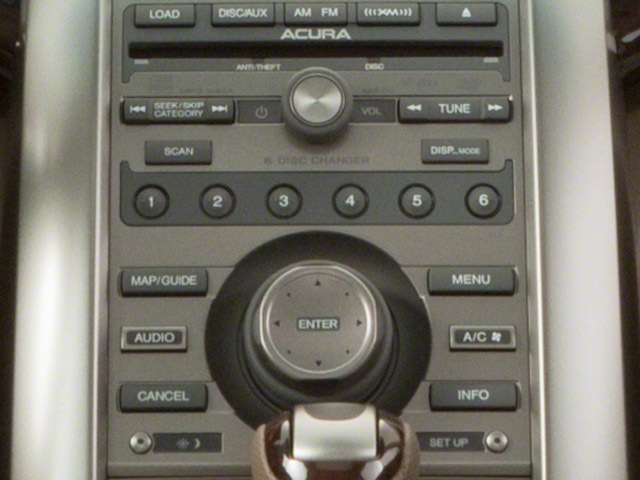
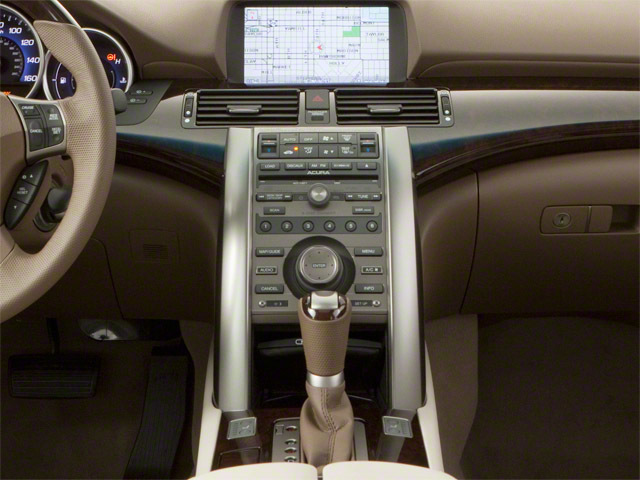
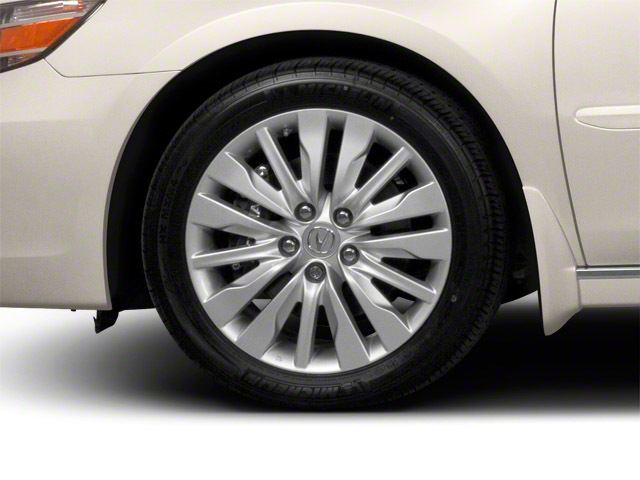
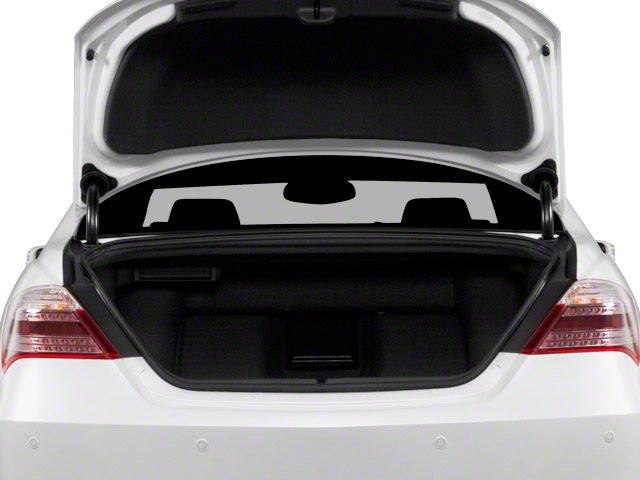

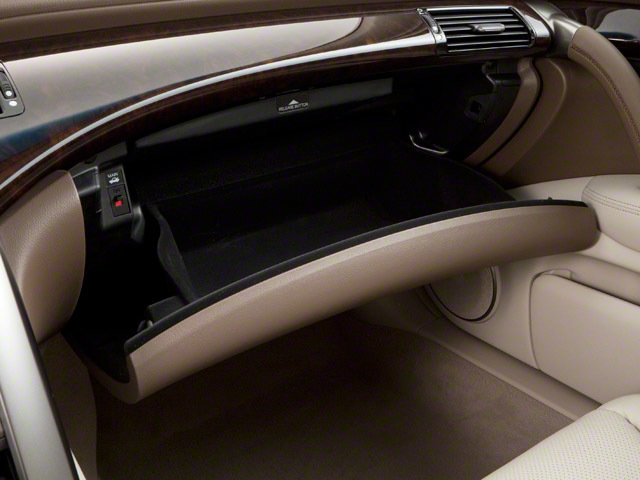


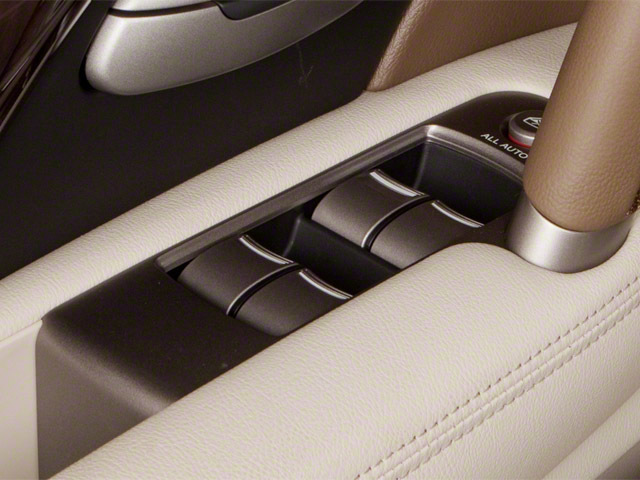
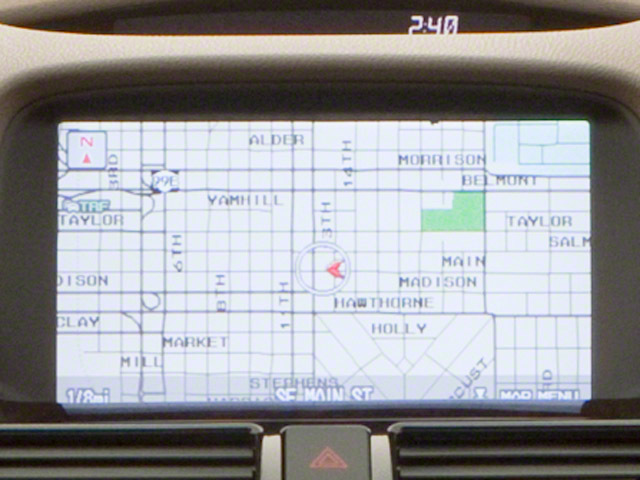
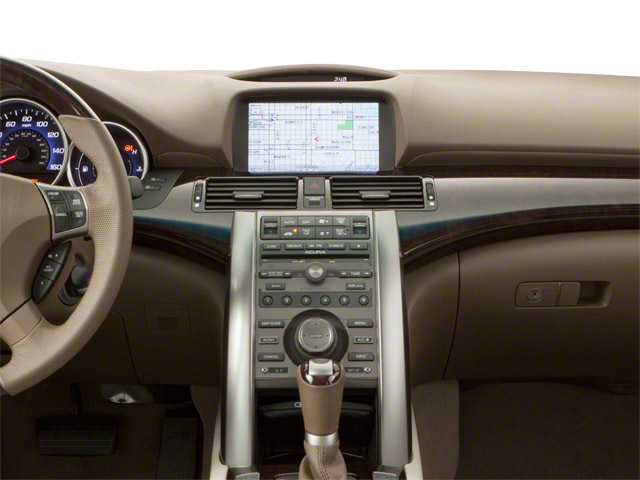




















Reviews and News
Owner Scores
Comfort
N/A
Performance
N/A
Fuel Economy
N/A
Interior Design
N/A
Exterior Styling
N/A
Reliability
N/A
Owner Reviews
정재훈
best car
April 27, 2021
Overall Score
i have a 2006 acura legend
still no problem since I bought it
very good car
tough and reliable and comfort
mileage is the only handicap
Comfort
10
Performance
10
Fuel Economy
10
Interior Design
10
Exterior Styling
10
Reliability
10
Recall Information
* Data provided by Transport Canada
Recall number
Recall date
System affected
Model year(s) affected
Recall number
2020-015
Recall date
2020-01-17
System affected
Airbag
Model year(s) affected
2000 2001 2002 2003
Manufacturer Recall Number:
Units Affected:
85,247
Notification Type:
Safety Mfr
Issue:
On certain vehicles, exposure to moisture over time could cause the driver-front airbag not to inflate properly in a crash. In some cases, this could cause an airbag not to fully inflate, while in others it could cause it to deploy with more force than normal. It could also cause the inflator to rupture. If the airbag inflator ruptures, small pieces of metal could be propelled toward vehicle occupants or cause damage to the airbag and prevent its proper function.
Note: This recall is for airbag inflators that may have been installed when the vehicle had the steering wheel airbag replaced.
Safety Risk:
In a crash requiring an airbag deployment, the driver-front airbag may not inflate properly or the inflator could rupture. This could create a risk of injury.
Corrective Actions:
The company will notify owners by mail. There may be a significant delay before replacement parts are available. The company will send you a second letter once replacement parts are available and instruct you to take your vehicle to a dealer to inspect the driver-front airbag inflator. If the inflator requires replacement, a newly design part will be installed.
Recall number
2018-523
Recall date
2018-09-27
System affected
Airbag
Model year(s) affected
2010 2011 2012
Manufacturer Recall Number:
Units Affected:
263,289
Notification Type:
Safety Mfr
On certain vehicles, long-term exposure to high absolute humidity and temperature, combined with high temperature cycling, could eventually degrade the propellant contained in the passenger frontal airbag. This could cause the airbag to deploy with more force than normal. As a result, if the vehicle were involved in a collision that warrants airbag deployment, fragments could be propelled toward vehicle occupants, and the airbag assembly could be damaged, preventing proper function. These issues could increase the risk of injury. Correction: Dealers will replace the passenger frontal airbag inflator.
Recall number
2018-001
Recall date
2018-01-10
System affected
Airbag
Model year(s) affected
2009
Manufacturer Recall Number:
Units Affected:
129,348
Notification Type:
Safety Mfr
On certain vehicles, long-term exposure to high absolute humidity and temperature, combined with high temperature cycling, could eventually degrade the propellant contained in the passenger frontal airbag. This could cause the airbag to deploy with more force than normal. As a result, if the vehicle were involved in a collision that warrants airbag deployment, fragments could be propelled toward vehicle occupants, and the airbag assembly could be damaged, preventing proper function. These issues could increase the risk of injury. Correction: Dealers will replace the passenger frontal airbag inflator. For the GL1800 model, dealers will replace the airbag module. Note: Canadian climate results in the propellant degrading slowly. The recall is being conducted as a precaution to address future risk, and is expected to replace airbag inflators before their function would be affected.
Recall number
2017-009
Recall date
2017-01-10
System affected
Airbag
Model year(s) affected
2005 2006 2007 2008
Manufacturer Recall Number:
Units Affected:
428,641
Notification Type:
Safety Mfr
On certain vehicles, long-term exposure to high absolute humidity and temperature, combined with high temperature cycling, could eventually degrade the propellant contained in the passenger frontal airbag inflator. This could cause the airbag to deploy with more force than normal. As a result, if the vehicle were involved in a collision that warrants airbag deployment, fragments could be propelled toward vehicle occupants, and the airbag assembly could be damaged, preventing proper function. These issues could increase the risk of injury. Correction: Dealers will replace the passenger frontal airbag inflator. Note: Canadian climate results in the propellant degrading slowly. The recall is being conducted as a precaution to address future risk, and is expected to replace airbag inflators before their function would be affected.
Recall number
2016-046
Recall date
2016-02-01
System affected
Airbag
Model year(s) affected
2005 2006 2007 2008 2009 2010 2011 2012
Manufacturer Recall Number:
Units Affected:
269,201
Notification Type:
Safety Mfr
On certain vehicles, the driver frontal airbag inflator could produce excessive internal pressure during airbag deployment. Increased pressure may cause the inflator to rupture, which could allow fragments to be propelled toward vehicle occupants, increasing the risk of injury. This could also damage the airbag module, which could prevent proper deployment. Failure of the airbag to fully deploy during a crash (where deployment is warranted) could increase the risk of personal injury to the seat occupant. Correction: Dealers will inspect/replace the driver’s frontal airbag inflator. Note: Honda Canada has created a special Airbag Inflator Hotline for immediate assistance. For more information, please contact:
For Honda Owners: 1-877-445-7754
For Acura Owners: 1-877-445-9844
Recall number
2013-078
Recall date
2013-03-13
System affected
Brakes
Model year(s) affected
2005
Manufacturer Recall Number:
AK62, AK63, HL69
Units Affected:
7,794
Notification Type:
Safety Mfr
Certain vehicles may experience a malfunction of the Vehicle Stability Assist (VSA) system, which could apply a small amount of brake force for a fraction of a second, even if the brake pedal has not been depressed. If the driver applies the brakes during a malfunction, the VSA system may employ the brake assist feature, which would increase braking force, exceeding the driver’s intended input. In either instance, an unexpected and unnecessary brake application could increase the risk of a crash causing property damage and/or personal injury. Correction: Dealers will install a partial wiring harness containing a capacitor for the VSA modulator.
Recall number
2010-364
Recall date
2010-10-22
System affected
Brakes
Model year(s) affected
2005 2006 2007
Manufacturer Recall Number:
HL06, AK34
Units Affected:
34,360
Notification Type:
Safety Mfr
On certain vehicles, a seal in the brake master cylinder may be susceptible to damage which can result in a leak if certain conditions exist. The polymer content affects the amount of lubrication the brake fluid provides to brake system components that are exposed to brake fluid. If the brake fluid is replaced with a low polymer brake fluid, and the brake fluid is subsequently subjected to a manual brake fluid bleeding procedure, as opposed to an automated brake bleed procedure, it is possible for the seal at the end of the brake master cylinder primary circuit to become twisted within its retention groove. If this seal becomes twisted, it can result in a leak of a small amount of brake fluid each time the brake pedal is applied. Should a leak occur, after some time the driver will be alerted by the illumination of the low brake fluid indicator light on the meter panel before any effect on braking performance results. If the driver continues to drive the vehicle without refilling the brake fluid reservoir, the vehicle will eventually exhibit a soft or spongy brake pedal feel, requiring more stroke to achieve equivalent braking force. Eventually, if this continues un-remedied, braking performance will be affected, and will finally result in a low pedal and a loss of one braking circuit. Correction: Dealers will replace the brake master cylinder seal cup and the master power assembly if brake fluid has leaked.
Recall number
2007-387
Recall date
2007-12-05
System affected
Steering
Model year(s) affected
2005 2006 2007 2008
Manufacturer Recall Number:
Units Affected:
1,172
Notification Type:
Safety Mfr
On certain vehicles, the power steering hose may deteriorate prematurely, causing the hose to crack and leak. Power steering fluid leakage onto a hot catalytic converter, will generate smoke and possibly lead to an under-hood fire, causing property damage and/or personal injury or death. Correction: Dealers will install an updated power steering hose.
Recall number
2007-088
Recall date
2007-03-19
System affected
Fuel Supply
Model year(s) affected
2005
Manufacturer Recall Number:
Units Affected:
12,143
Notification Type:
Safety Mfr
On certain vehicles, a manufacturing fault with the fuel pump relay could cause the coil wire in the relay to break. If this happens, the fuel pump will not operate and the engine may not start. If the relay fails while driving, the engine may stall without warning and a crash could occur. Correction: Dealers will inspect and, if required, replace the fuel pump relay.
Recall number
2002-084
Recall date
2002-05-15
System affected
Electrical
Model year(s) affected
2000 2001 2002
Manufacturer Recall Number:
AJ65
Units Affected:
686
Notification Type:
Safety Mfr
On certain passenger vehicles, during the manufacturing process, oil was applied to the brake pedal assembly to prevent rust. This oil can leak into the brake stop switch and contaminate the electrical contacts. As a result the brake lights may not illuminate when the brakes are applied, which increases the risk of a crash. Correction: Dealers will clean any excess oil from the pedal assembly and replace the stop switch.
Select Another Vehicle






